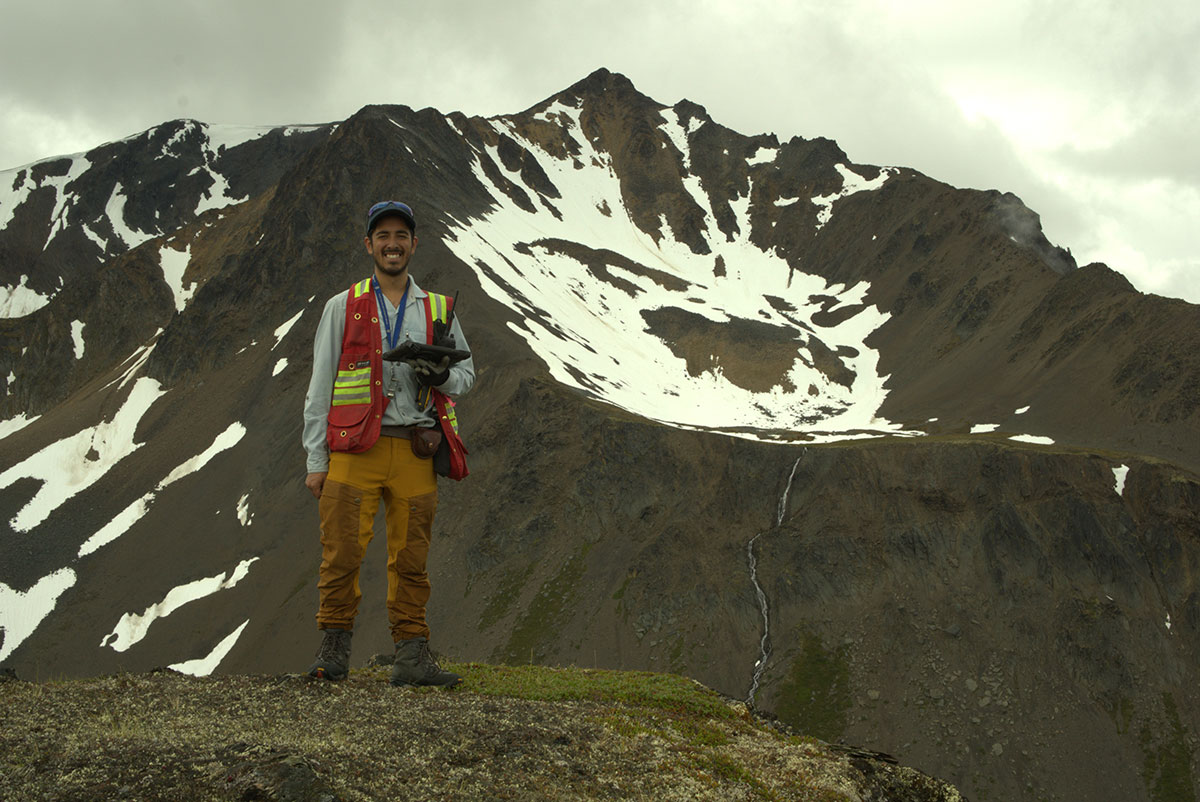2021 Peter Howe Bursary Recipient

Darius Kamal
MSc. Candidate, University of British Columbia
Darius’ M.Sc. research project focuses on deciphering the geometry and kinematic history of the world-class Zn-Pb deposits at Howard’s Pass, located on the border of the Yukon and NWT. This project aims to test the validity of the different structural models as the regional geometry is poorly understood. I will integrate 1:10000 scale structural and lithostratigraphic mapping with detailed cross sections, logging of drill-core, and analysis of oriented thin sections for deformation fabrics during the course of this project. Additional analytical work, such as SEM, EBSD, and Microprobe work, are being considered to look at how the sulphides differ from each other in mechanics of remobilization.
Read More
Two field seasons are planned with the first having been completed in the summer of 2020 with new maps of the XY region at Howard’s Pass recently published. The second season is planned for the summer of 2021 where the regional structure will be investigated to see how deformation changes across large-scale faults and folds. This project will assist in future exploration within the Selwyn basin from target generation to mature mining environments. It will contribute new geologic maps that will help link together the regional geology of the Selwyn basin to Howard’s Pass.